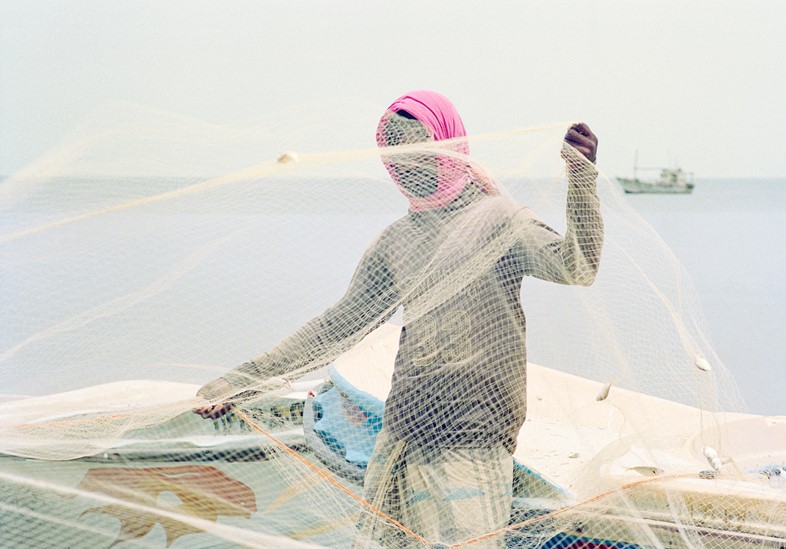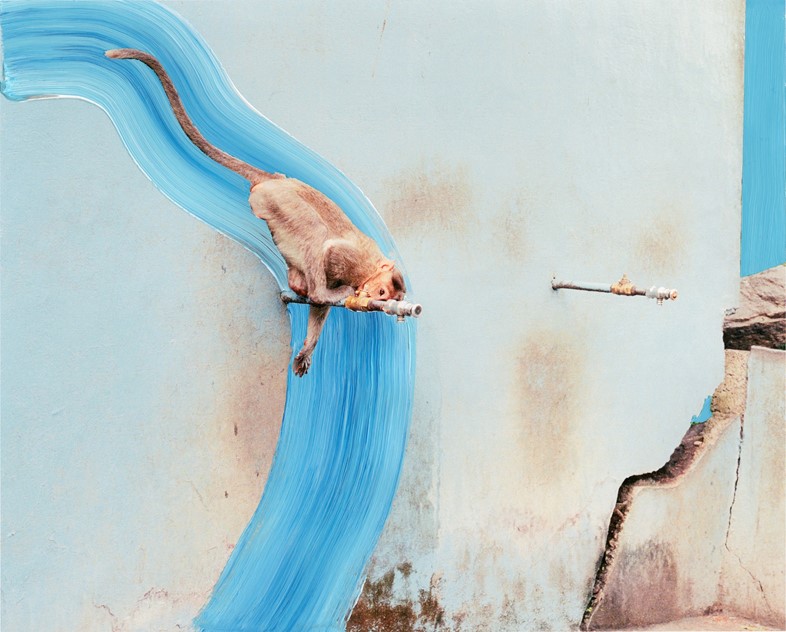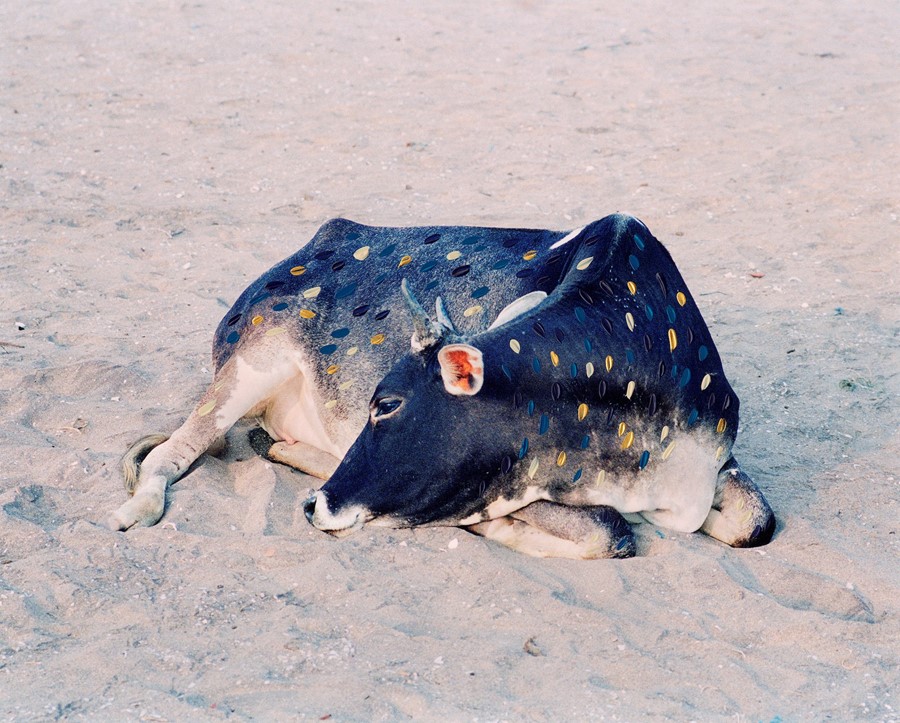Paris-based photographer Vasantha Yogananthan’s long-term series A Myth of Two Souls is an interpretation of Ramayana, one of the founding epics of Hindu mythology
“It is first and foremost a love story which is why it is still relevant today. Who does not love a great love story?”
Paris-based photographer Vasantha Yogananthan is talking about his long-term project A Myth of Two Souls, a multi-chapter photography series like no other. Inspired by the myth of Ramayana, one of the founding epics of Hindu mythology first recorded by the Sanskrit poet Valmiki around 300 BC, the project is, Yogananthan says, a modern retelling of the famous story, which has been continuously reinterpreted through time.
The protagonists are Rama, the son of King Dasharatha, and Sita, whose father is King Janaka. In Yogananthan’s photographic interpretation we follow the trials and tribulations of the couple as their story unfolds.
“I am basically following the seven chapters of the original text,” says Yogananthan, who began the project in 2013. “Each chapter focuses on a part of the lives of the prince and princess from birth to death. It is the cycle of life. To keep things entertaining for me creatively and for the readers I take advantage of the seven chapters and shoot and present them in different ways.”
Retracing the journeys that the epic’s heroes made, Yogananthan has to date released five chapters, with the latest titled Howling Winds. Each of the chapters has been published in book form with indie publishing house Chose Commune, the imprint he runs with his partner Cécile Poimboeuf-Koizumi.
Chapter five picks up the story after the wicked Ravana has abducted Princess Sita. While Rama is in great distress, hundreds of thousands of animals from around the world gather to search for Sita, Yogananthan explains. “They know that on the far shore of the ocean is the bright and shining island of Lanka where Ravana lives. I shot along the coastlines of Tamil Nadu and Sri Lanka and the series mixes classic colour photographs with acrylic hand-painted photographs to echo a world of magic.”
In previous chapters, which were shot in places including Uttar Pradesh, Bihar, Uttarakhand and Maharashtra as well as Tamil Nadu, Yogananthan collaborated with Jaykumar Shankar who hand-painted some of his photographs, but this time it was Yogananthan who over-painted the images to evoke “a very different style or mood”.
The work differs greatly from previous chapters, says Yogananthan. “It is quite raw as I wanted to lose control. After five years working with a large format camera I needed to go back to a form of photography that is more intuitive and open to accident. I bought two small 35mm cameras and started following animals over several trips to India and Sri Lanka.

“My process has shifted back and forth,” he continues. “I started the project shooting in a loose ‘documentary’ way before moving to completely staged pictures using a large format camera. Each camera comes with a particular way of looking at the world. The camera is a photographer’s paintbrush and changing it forces you to leave your comfort zone.”
In September, Yogananthan will be showing a selection of new and unseen works from A Myth of Two Souls with The Photographers’ Gallery at Unseen Amsterdam. Some images will be printed on translucent Japanese paper while others are hand-painted archival inkjet prints. “A highlight has been exploring the links between painting and photography, which has opened a whole new creative field for me,” says Yogananthan. “Eventually, if you work with honesty and your own creative vision, the work will become something.”
What is striking about the project overall is the way Yogananthan effortlessly moves from portraits to landscapes, still-life images and, in this latest chapter, images of animals. “It is essential for me to stay as open as possible in my practice,” he says. “That is why I have never focused on a specific genre. I love doing portraits, still lifes and landscapes. Having different kinds of pictures allows you to construct sequences that are more complex. For example, the book of Howling Winds features only diptychs of animals and still-life images. It opens completely flat because it is spiral bound. The result is that the two pictures of each diptych merge into one.
With two chapters to go, Yogananthan’s journey is not over yet. His last trip is scheduled for October 2019 and the final two books will be released in 2020. “As I don’t want to spoil the story I won’t say much more! Just know it will be surprising.”

Unseen Amsterdam runs from September 20 – 22, 2019.






